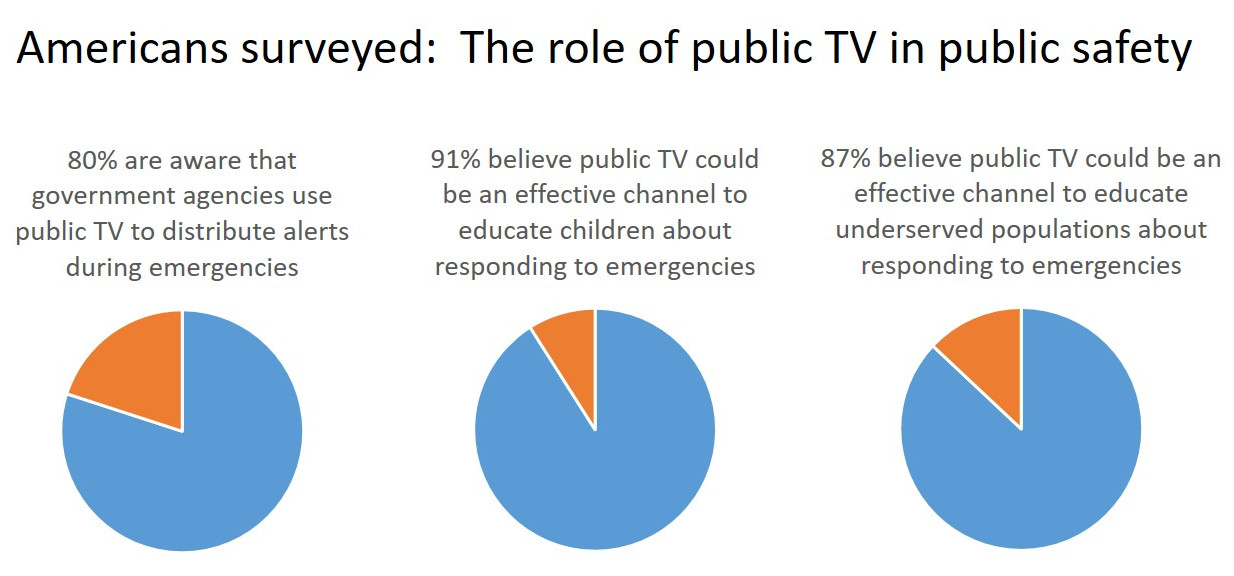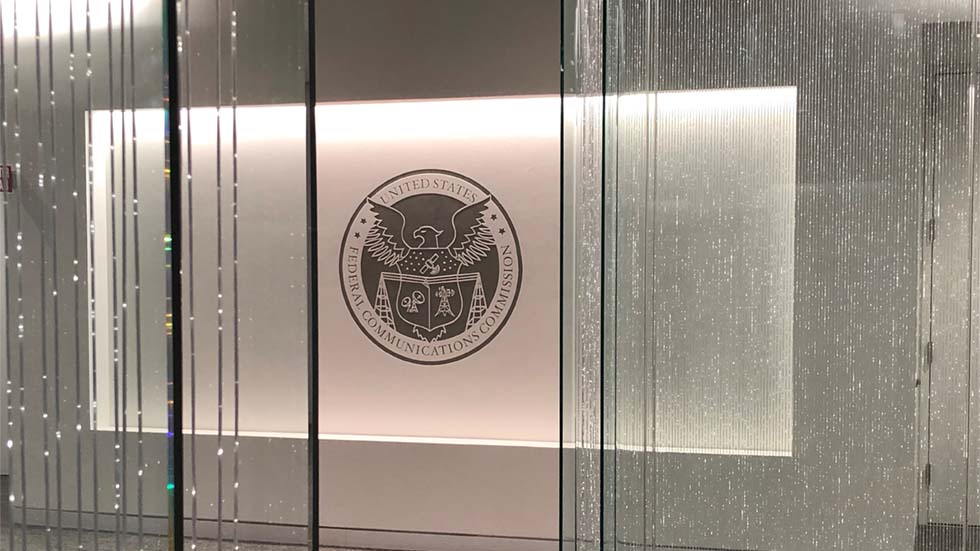When Disaster Strikes, Public Broadcasting Delivers
Click on the Image to Enlarge
At the NAB Show in April, I had the privilege of moderating a panel that explored the growing role of the public media system in supporting public safety. I was joined by Roger Stone, assistant administrator of National Continuity Programs at the Federal Emergency Management Agency; Tom Axtell, general manager of Vegas PBS; Dana Golub, senior director of Public Programs for PBS; Lisa Trapani Shumate, associate vice president and general manager of Houston Public Media; and Lonna Thompson, executive vice president, COO and general counsel of America’s Public Television Stations.
This group has plenty of firsthand knowledge and experience, and our discussion yielded some very compelling information about the role of the public media system in supporting safety:
· Some 90 percent of survivors are saved not by first responders but by their fellow citizens and neighbors. Arming the public with information and tools helps turn potential victims into survivors.
· Public television stations reach more than 97 percent of the public. In some rural and tribal areas, public broadcasting represents the onlysource of information during a disaster.
· Many local, state and federal agencies—including FEMA—have longstanding and successful partnerships with the public media system. These collaborations give public agencies access to infrastructure and services that would cost millions for them to replicate on their own.

Of course, the role of public broadcasting in supporting public safety isn’t a closely guarded industry secret. In fact, new research from Eagle Hill Consulting affirms that 80 percent of the public is already aware of the role of the public broadcasting in supporting public safety. What’s more, 87 percent see a role for public media in educating underserved populations—including low-income communities, individuals with disabilities and rural communities—about responding to emergencies. Even more (91 percent) view public television as an effective channel for educating children about responding to emergencies. The Eagle Hill research tells us that public trust is there. And, increasingly, so is the technology.
INNOVATIONS IN EMERGENCY INFORMATION & COMMUNCATION
For more than a decade, FEMA has partnered with public television—relying on public broadcasters as one of the vital channels for the Integrated Public Alert and Warning System, which receives and authenticates messages from alerting authorities and then routes them to appropriate public alerting systems. The IPAWS system is highly redundant to maximize the probability of important messages reaching citizens. Public television transmitters provide one of those redundant paths for messages, using a robust infrastructure that includes backup generators at nearly every transmitter. This ensures continuity when conditions are challenging, just when such a system is likely needed the most.
More recently, many public television stations have begun making the investments necessary to support high-speed datacasting. This technology is a game-changer when it comes to educating the public about emergency preparedness and communicating following an incident. High-speed datacasting makes it possible to use TV to deliver rich, real-time information that would normally be available only on the internet. Imagine the ability to send and receive tornado tracking maps, evacuation routes and photos of a missing child as part of an Amber alert. First responders can also use datacasting for secure incident response communication, such as providing a remote fire commander the real-time video feed of a drone to help firefighters on the ground. All of these capabilities exist today, using the datacasting features available with ASTC 1.0.
PUBLIC SAFETY AND NEXT GEN TV
When it comes to public broadcasting and public safety, what will the future bring? Along with my fellow panelists at the NAB Show, I foresee significant opportunities to further expand and enhance these collaborations. By implementing innovative technologies—and supporting them with effective change management—the public media system can add even more value.
With the recent significant focus on the ATSC 3.0 next gen TV standard, emergency alerting and public safety support are even more integrated. Rather than an afterthought, ATSC 3.0 Advanced Emergency Alerting has been considered with the standards from the beginning and is a key focus throughout. Features such as a “wake up” function for receivers and location-specific targeting have been built in from the start. Coupled with a new modulation scheme that will support mobile devices and deep indoor penetration, ATSC 3.0 will provide a new level of public safety support—one that will no doubt be embraced by public television stations to further their missions as important resources in the communities they serve.
John McCoskey is the Industry Lead Executive –Technology, Media & Entertainment at Eagle Hill Consulting in Arlington, Va. He can be reached atjmccoskey@eaglehillconsulting.com.
See als0
Ohio Public Stations Datacast EAS Messages Over ATSC 1.0
SpectraRep Datacasting System Helps Share Public Safety Info
Get the TV Tech Newsletter
The professional video industry's #1 source for news, trends and product and tech information. Sign up below.
